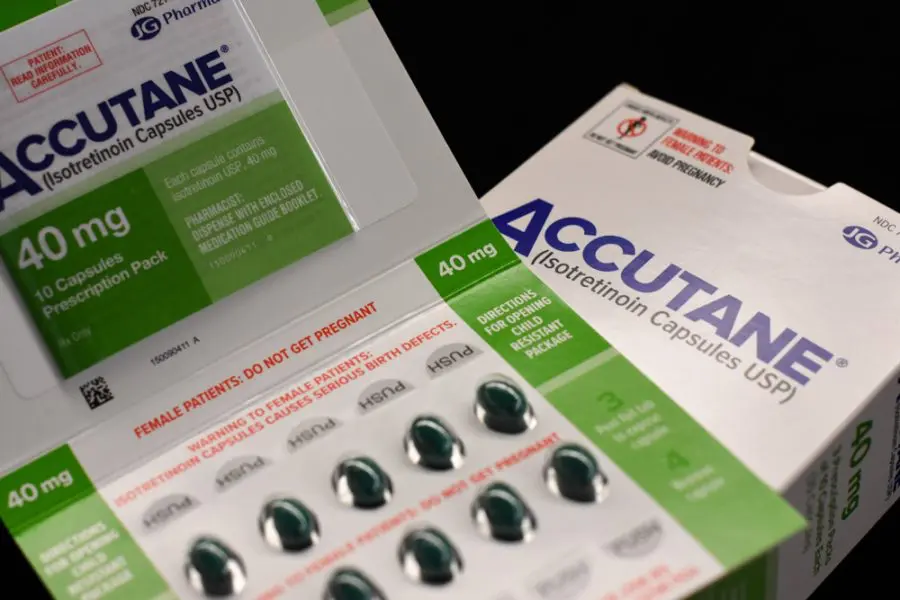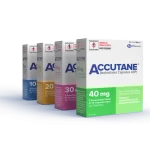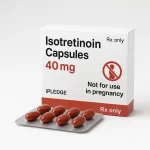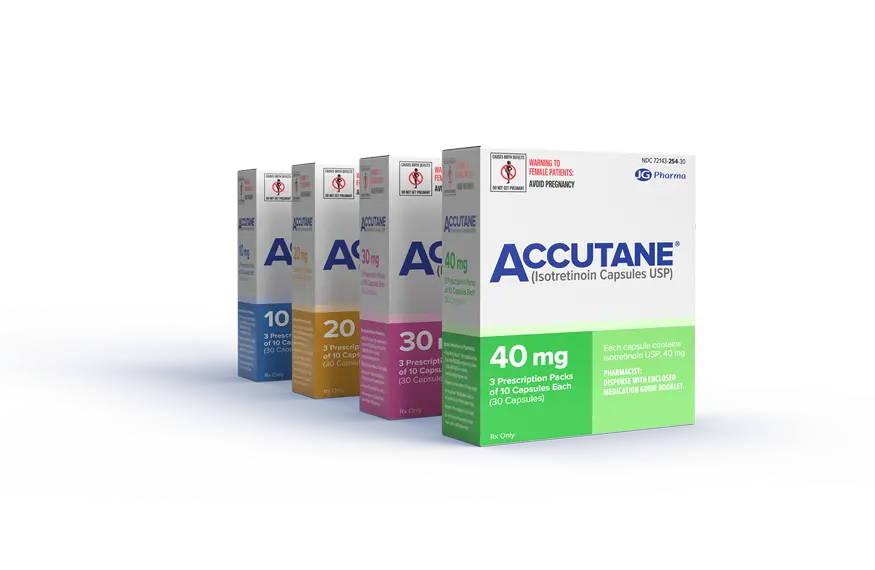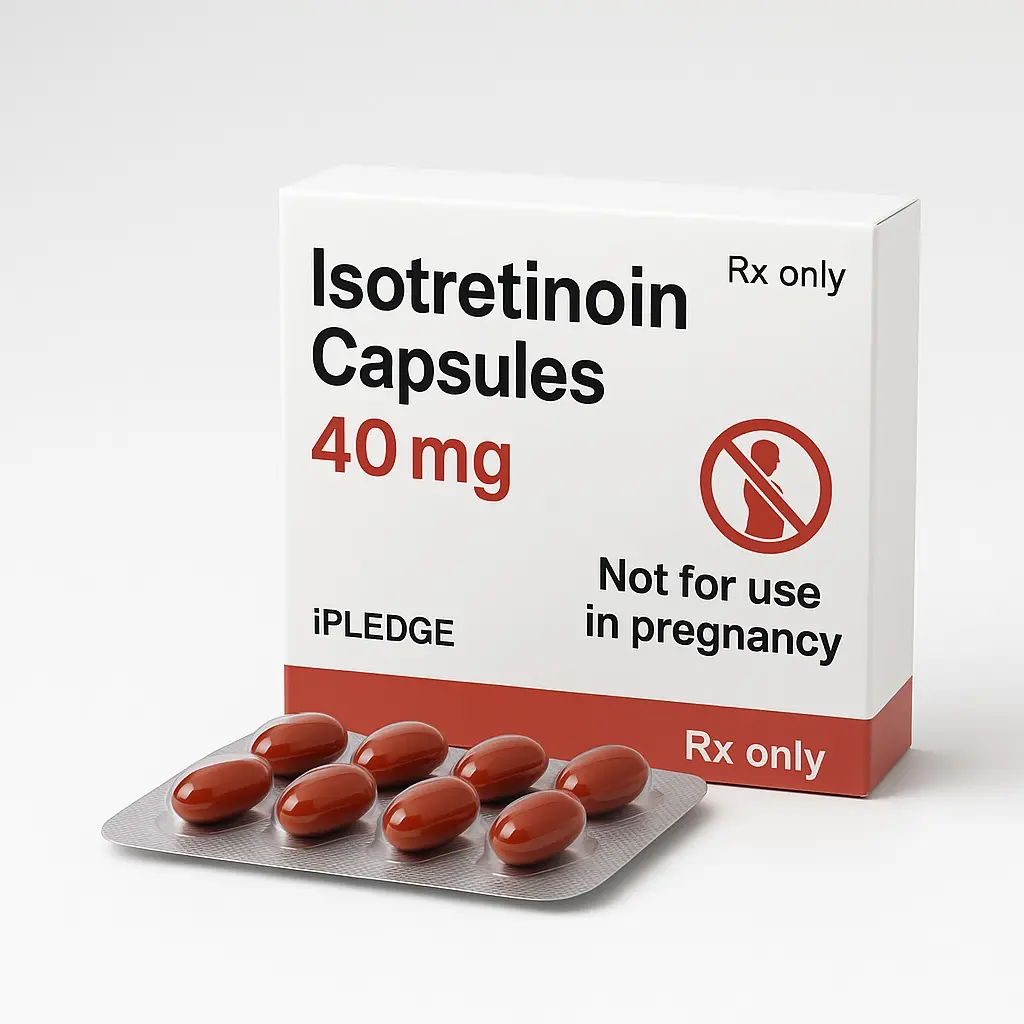Jock itch, known in medical terms as tinea cruris, is not just an annoyance but a common fungal infection that targets the groin area, leading to discomfort and itchiness. The symptoms are usually unmistakable—a persistent itch followed by a red, often ring-shaped rash that can spread to the thighs and buttocks. It’s imperative to not ignore these symptoms, as timely action can make a significant difference in the healing process.
When you first notice signs of jock itch, it’s essential to understand what you’re dealing with. This fungal infection thrives in warm, moist environments—conditions that are often met within the folds of the groin area, especially in athletes or those with active lifestyles. Identifying the infection early and accurately is key, and while a healthcare professional can usually diagnose jock itch with a simple examination, sometimes a lab test may be required to rule out other conditions. Understanding the cause of jock itch is just as important as recognizing its symptoms. The fungus responsible for jock itch is part of a group that also causes athlete’s foot and ringworm. Knowing this helps in preventing cross-contamination and spread, which is often facilitated by sharing personal items, wearing tight clothing, or having skin-to-skin contact with someone infected.
Tackling Treatment and Home Care
Once jock itch is identified, treatment should begin promptly to mitigate symptoms and stop the spread. Antifungal creams or powders prescribed by our dermatologists at DermOnDemand are typically the first line of defense. These treatments are designed to combat the fungus directly and should be applied as instructed, without interruption, even if symptoms appear to improve before the medication course is completed.
While medical treatment is fundamental, complementing it with diligent home care practices can expedite recovery. Keeping the infected area dry and clean is paramount. This means regular washing with gentle soap, thorough drying, and applying antifungal or talcum powders to absorb excess moisture. It’s also important to choose the right clothing during this time. Loose-fitting, moisture-wicking fabrics are ideal as they prevent excessive sweating and reduce friction, which can exacerbate symptoms. In addition to these measures, lifestyle adjustments can enhance the healing process. This includes changing out of sweaty clothes immediately after exercise, avoiding shared towels and clothing, and maintaining a routine that keeps the affected area as dry and cool as possible. Some home remedies may also offer relief and aid in recovery, such as the application of tea tree oil, but these should never replace medical treatments and should only be used after consulting with a healthcare professional.
Completing the Healing Journey
The recovery stage is just as crucial as the initial treatment. Even after symptoms diminish, the skin may still harbor the fungus, which is why completing the full course of medication is vital to prevent a recurrence. Continuing with the hygiene practices adopted during treatment will help ensure the infection does not return. It’s also the stage where vigilance is important. Monitoring the skin for any signs of lingering infection or recurrence is essential, and any concerns should prompt a visit to the doctor. The road to recovery from jock itch can sometimes be a long one, with healing spanning anywhere from a few weeks to a couple of months. Patience and persistence with the treatment and preventive measures are the keys to a full recovery.
Prevention plays a continuous role in the recovery phase. Regular washing and drying of clothing, especially underwear, can prevent the fungus from surviving and spreading. Avoiding tight clothing that traps moisture, using separate towels for the feet and groin, and wearing clean, dry socks before underwear can all help keep the area free from fungal infections. Overcoming jock itch is a multistage process that involves recognition, diligent treatment, and persistent prevention. By understanding the condition, rigorously applying medical treatments, maintaining proper hygiene, and continuing preventive measures, you can ensure not only a quick recovery but also reduce the risk of future occurrences. Remember, consistent care and following professional advice are your best tools in this healing journey.



